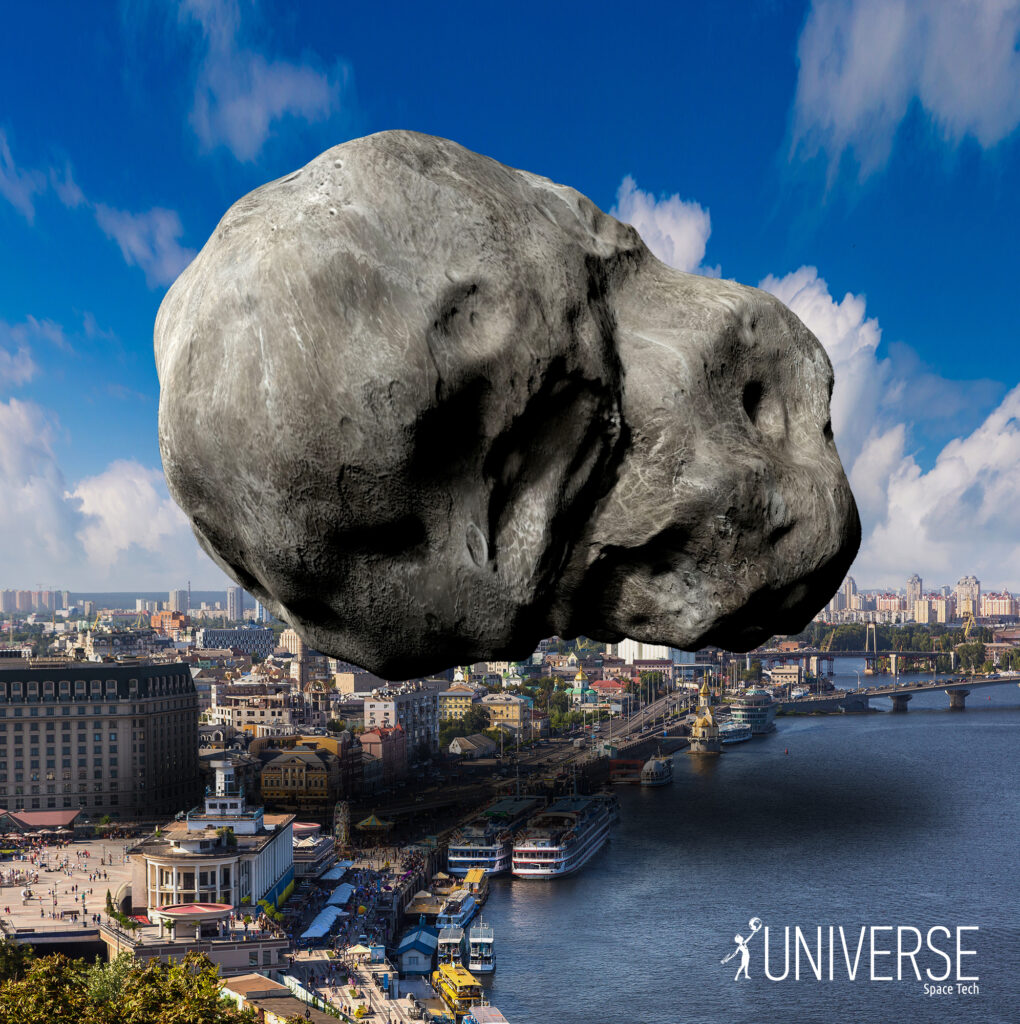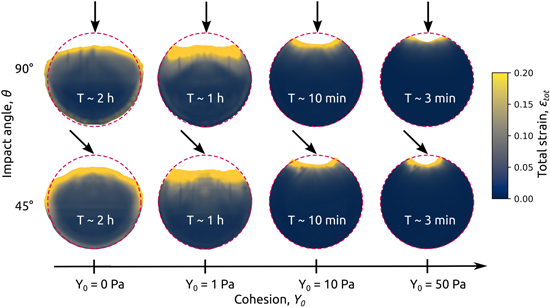During the simulation of the latest collision of the DART probe with the asteroid Dimorphos, the researchers concluded that the impact may not lead to the formation of an ordinary crater. Instead, the deformation of the celestial body will occur.
Bombardment of the asteroid Dimorphos
On September 26 this year, the 160-meter asteroid Dimorphos (it is a moon of the larger 780-meter asteroid Didymos) will crash into the NASA-created spacecraft DART. The main purpose of the operation is to check the possibility of changing the orbit of a small body by kinetic action. It is assumed that the impact will change the orbital period of the asteroid by several minutes.

The collision of DART with an asteroid and its consequences will be monitored by radars and a network of ground-based observatories. Another participant of the event will be the Italian cubesat LICIACube. It will separate from DART a few days before the collision and photograph the moment of impact using the Gecko camera built by Dragonfly Aerospace, a company owned by Ukrainian entrepreneur Max Poliakov.
In the future, the European probe Hera will be launched to Dimorphos. It will have to carefully measure the crater left after the DART impact, as well as conduct a comprehensive study of both asteroids. But if the results of a recent study carried out by a team of scientists from the University of Bern are correct, Hera may not find a classic funnel.
Crater or deformation?
Many small asteroids are so-called “garbage heaps” — clusters of debris formed during the destruction of larger bodies and held together by the forces of gravity. Scientists wondered what the consequences of a collision of such an object with a 500-kilogram probe moving at a speed of about 6 km/s could be.

The simulation showed that if the Dimorphos really has low internal strength, then the DART impact may not lead to the formation of a classical crater. Instead, there will be a change in the shape of the asteroid. Part of its substance will move, and part will be ejected into interplanetary space. But only time will tell whether the researchers’ forecasts will be justified.
Earlier we talked about how ESA ruled out the possibility of asteroid 2021 QM1 falling to Earth in 2052.
According to https://iopscience.iop.org
Follow us on Twitter to get the most interesting space news in time
https://twitter.com/ust_magazine
